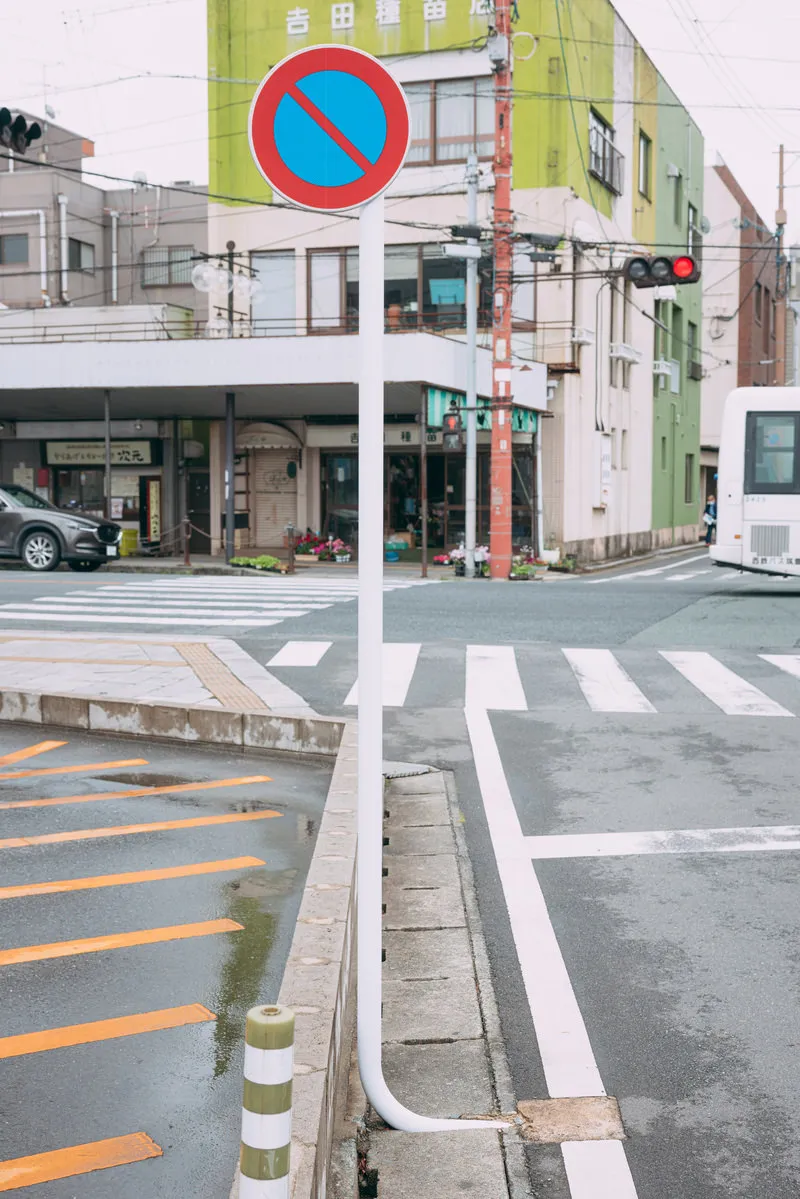December 9, 2023
Japanese Road Signs
Understanding and Navigating Japanese Road Signs: A Guide for Safe and Enjoyable Travel in Japan
Your Complete Guide to Decoding Japanese Road Signs for Safe and Enjoyable Travel in Japan
When traveling to Japan, its important to familiarize yourself with the local road signs to ensure a safe and enjoyable journey. Unlike many Western countries, Japanese road signs come with their own unique set of symbols and regulations. In this article, well dive into the world of Japanese road signs and provide you with some insights to navigate the roads smoothly.
1. Stop Sign
The stop sign in Japan is easily recognizable with its distinct red octagonal shape, similar to most countries. However, its important to note that the Japanese stop sign reads 止まれ (Tomare), which means stop in English.
2. Speed Limits
Speed limit signs in Japan display the maximum permissible speed in kilometers per hour (km/h). Its essential to pay attention to these signs to ensure youre driving within the legal speed limits, which may vary depending on the road and area.
3. Traffic Signals
Just like in Western countries, traffic light signals in Japan follow the familiar pattern of red, yellow, and green lights. However, its essential to note that a blinking yellow light indicates caution rather than signaling a yield as it does in some other countries.
4. No Parking and No Stopping Zones
No parking and no stopping zones are marked with signs displaying the Japanese characters 駐停車禁止 (Chūteisha kinshi). These signs are often accompanied by additional markings on the road to clearly indicate where parking or stopping is prohibited.
5. Directional Signs
Japanese directional signs can be slightly different from those found in other countries. Keep an eye out for signs indicating important destinations such as airports, train stations, rest areas, or tourist attractions. These signs are typically color-coded and provide valuable information to help you reach your destination.
6. Pedestrian Crossings
When approaching a pedestrian crossing in Japan, look for the sign displaying the Japanese characters 横断歩道 (Ōdanhodō), which means pedestrian crossing. These signs are important reminders to watch out for pedestrians and adhere to the traffic regulations.
Understanding Japanese road signs is crucial for both locals and tourists. It ensures road safety and helps prevent confusion while navigating through the country. By familiarizing yourself with these common road signs, youll have a more enjoyable and stress-free driving experience in Japan!
Conclusion
Japanese road signs may be different from what youre used to, but with a little effort and understanding, deciphering them becomes much easier. Remember to pay attention to stop signs, speed limits, traffic signals, and directional signs to navigate the roads with confidence. Safe travels!





